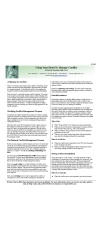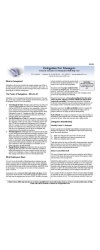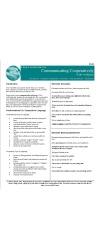Of the major social networking or media sites, Twitter has experienced the fastest growth, particularly in 2009. Celebrities have promoted it causing a lot of people to sign up. That success contributes to the illusion that a lot more people are seeing one’s tweets, and that there is far more potential for growth in the future. In fact the numbers suggest that this isn’t the case, although one can interpret them in different ways.
What the numbers suggest is that there is a huge turnover (or churn) with respect to active and participating members on Twitter. That is, a lot of people join, presumably to see what the buzz is about, but never do anything with it, either sending or receiving messages. However, they end up still “counted” as Twitter members, and they are still “counted” in your count of people who are “following” you, even if they have never read a single tweet you have sent.
Estimates are that less than 10% of total Twitter members are responsible for the huge majority of Twitter activity. It’s not unreasonable to assume that the large majority of Twitter people that show up in follower lists are, in fact, inactive.
Our own research through the end of 2009 confirms this. We regularly look at the attrition rates among our followers — that is, how many people have ceases sending ANY tweets. Typically we will find that among the people we follow, or who follow us, at least 10% a month “go dark”, or cease active participation. It’s actually probably higher than that.
For example, in Dec. 2009, we identified about 400 people who we follow who simply stopped during one three week period. That’s close to the 10% mark per month, but:
We would never know they are gone unless we actually check to see if they are still tweeting.
As an aside, and what’s more alarming is that the people who leave are not necessarily the hit and run folks out for a quick drive-thru. Many are people who have hundreds if not thousands of posts and who have left.
The Upshot:
The upshot is that the raw numbers most people talk about do not reflect one’s ability to communicate with large numbers of people, and neither do they reflect future potential. You would think that with tens of millions of members the potential is good, but it’s not, after you factor in churn, and other factors we haven’t yet mentioned that contribute to the viewers distortion syndrome. More coming on those other factors that limit mass communication on Twitter.






